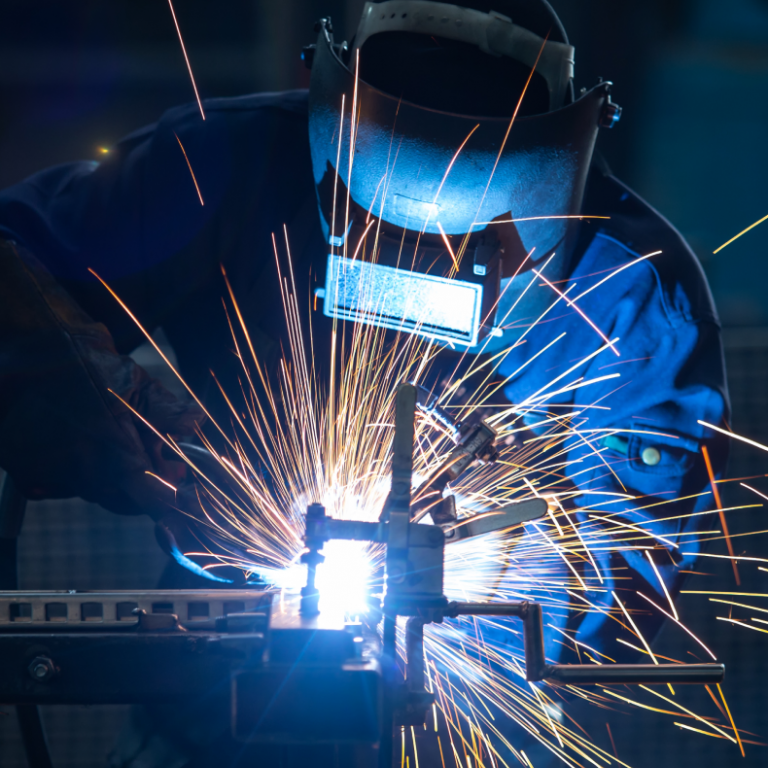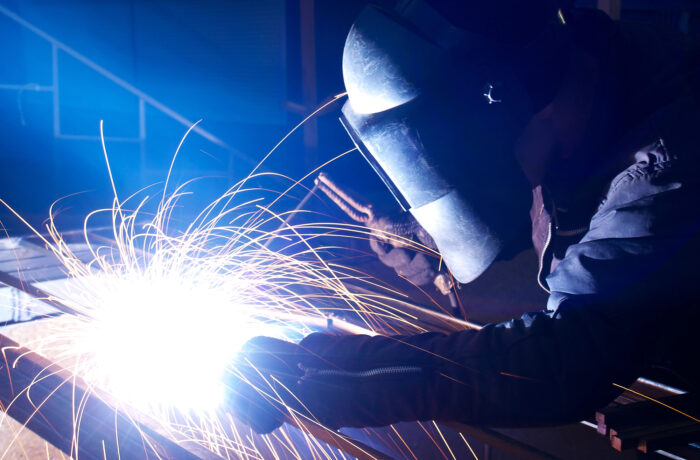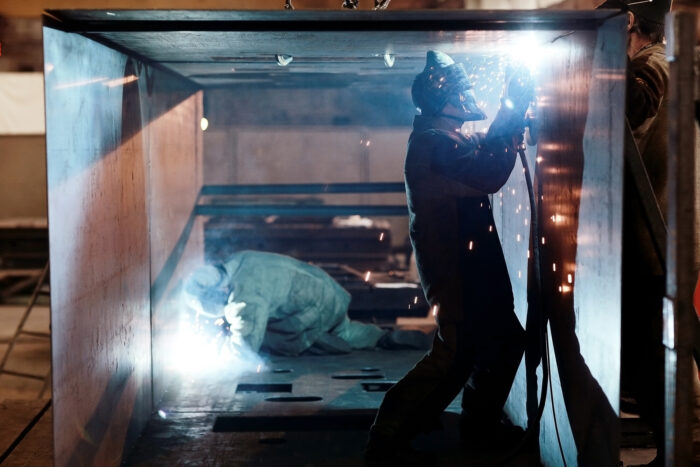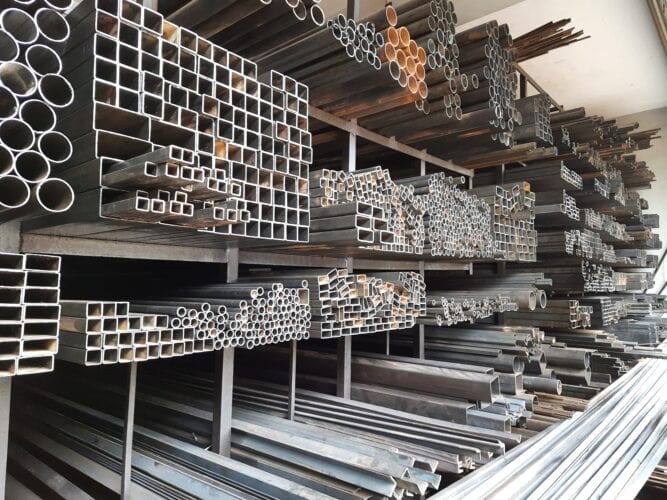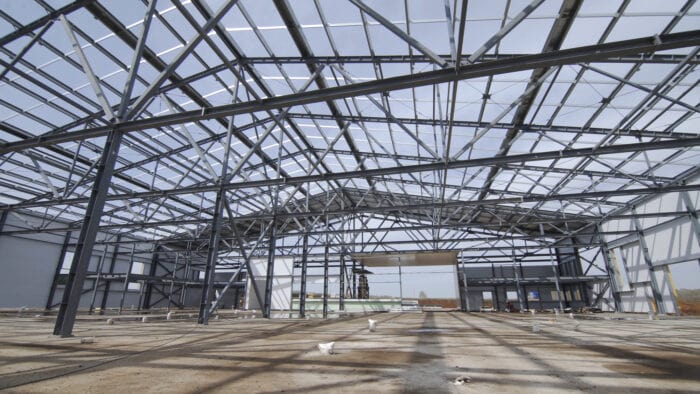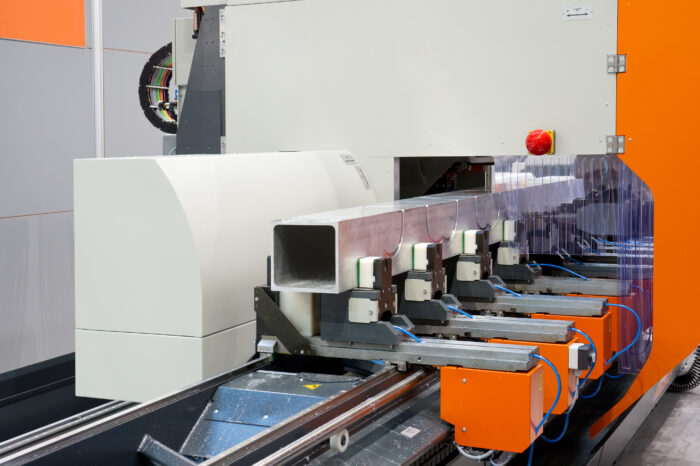Mild steel and stainless steel are two distinct materials widely used in metal fabrication projects in Sydney for construction, manufacturing, and industrial applications. Both materials have unique physical properties and performance attributes that make them suitable for different applications. However, it’s important to note some significant differences that should be considered when selecting the appropriate material for a specific application.
1. Composition
Mild steel is an alloy of iron and carbon. It’s also known as low-carbon steel, as it typically contains low amounts by weight. Along with iron, it may also contain small amounts of other elements like manganese. Its low carbon content gives it malleability and ductility, allowing it to be easily bent or shaped.
Stainless steel is an alloy of iron, chromium and nickel, with a chromium content of at least 10.5%. It also consists of iron, the base metal, and manganese, carbon, nickel, silicon, and molybdenum. Additional elements such as titanium and copper may be included to enhance specific properties like formability and strength. There are different types and grades of stainless steel depending on the application. The increased chromium content provides superior corrosion resistance.
2. Corrosion Resistance
Mild steel is prone to oxidation, rust and corrosion due to its low carbon content, gradually weakening over time. Consequently, it may not be optimally suited for applications that demand long-term durability.
The higher content of chromium in stainless steel forms an impervious layer on the surface of the metal, creating a barrier against oxidation and corrosion. This protective layer prevents further damage, making it suitable for applications exposed to weather or harsh chemicals. Stainless steel’s superior corrosion resistance makes it ideal for outdoor applications.
3. Strength and Ductility

Mild steel is relatively soft compared to stainless steel, which has higher tensile strength and hardness. As a result, mild steel is suitable in applications necessitating intricate bending or shaping, like car bodies, due to its ease of forming without compromising quality.
On the other hand, stainless steel contains elements such as chromium and nickel that contribute to its strength and make it more resistant to deformations. Consequently, it becomes an ideal choice for structural applications such as bridges and buildings. Moreover, its superior hardness provides exceptional resistance to wear and tear, making it a preferred material for long-term durability in industrial machinery components or tools.
4. Heat Resistance
Mild steel has slightly lower heat resistance than stainless steel, making it less suitable for applications where high temperatures are a factor, such as in power generation plants or automotive manufacturing. However, these inherent limitations in mild steel can be circumvented by employing heat treatments and integrating alloying constituents, although this can be an increased expense.
The chromium content in stainless steel makes it highly resistant to oxidation at high temperatures and allows for its use in applications where corrosion is likely. This superior heat resistance is especially beneficial for products exposed to high heat levels, such as ovens, cookware, electronic components, aerospace and automotive industries.
5. Appearance
Mild steel generally has a dull grey finish. Due to its higher iron content and lack of corrosion-resistant alloying elements, it may be more susceptible to visible signs of corrosion, such as rusting. This rust not only affects the appearance of mild steel but can also affect its structural integrity if not properly managed. Surface treatments such as painting, electroplating, or powder coating are often used to enhance the appearance of mild steel and protect it from corrosion.
Stainless steel has a higher resistance to discolouration and can maintain its lustre even after long-term exposure to harsh conditions. This makes it an ideal choice for applications where aesthetics are important. Additionally, because stainless steel contains chromium, it’s possible to create varied finishes, such as brightly polished or brushed. This allows stainless steel to be used in various aesthetic-focused applications.
6. Applications

Due to its low cost and high availability, mild steel is often used in construction and manufacturing. It’s especially suited for applications requiring strength and durability, but heat or corrosion resistance isn’t a priority. Some examples of common mild steel applications include components for bridges, car bodies and buildings. It’s also popular for consumer products such as furniture, appliances, handrails, exhaust systems and automotive components.
Stainless steel has superior properties that make it ideal for many applications. These include chemical processing plants, food preparation areas, medical equipment, surgical equipment, storage, manufacturing, and construction. Its excellent corrosion resistance is also highly suited for marine applications.
7. Machinability/Weldability
Mild steel is generally easy to work with due to its low carbon content. This makes it ideal for machining and welding, as the material can be easily cut and formed. As a result, mild steel finds extensive use in general fabrication owing to its high malleability.
Due to its hardness, stainless steel exhibits greater impact resistance than mild steel. However, while stainless steel is relatively easy to fabricate, it’s not as malleable as mild steel. The higher carbon content in stainless steel makes it less ductile than mild steel, making it more difficult to shape and form, which is why the steps involved in stainless steel fabrication may differ from other metals.
8. Cost
Mild steel is generally more affordable than stainless steel, making it a popular choice for many applications. Its low cost also makes it an attractive option when budget is of primary importance.
Stainless steel has a higher initial cost, but its superior properties can potentially lead to long-term savings.
Conclusion

Mild and stainless steel are incredibly versatile materials in many applications. Mild steel is generally more affordable and easier to work with, making it ideal for many general fabrication projects. Meanwhile, stainless steel exhibits superior properties such as corrosion and heat resistance, making it a better choice for highly corrosive environments or applications that require higher temperatures. Prime Fabrication provides both mild steel and stainless steel fabrication in Sydney. Our experienced engineers have the tools and know-how to help you create products that meet your specifications. Contact us today to learn how we can work together to bring your project to life!

